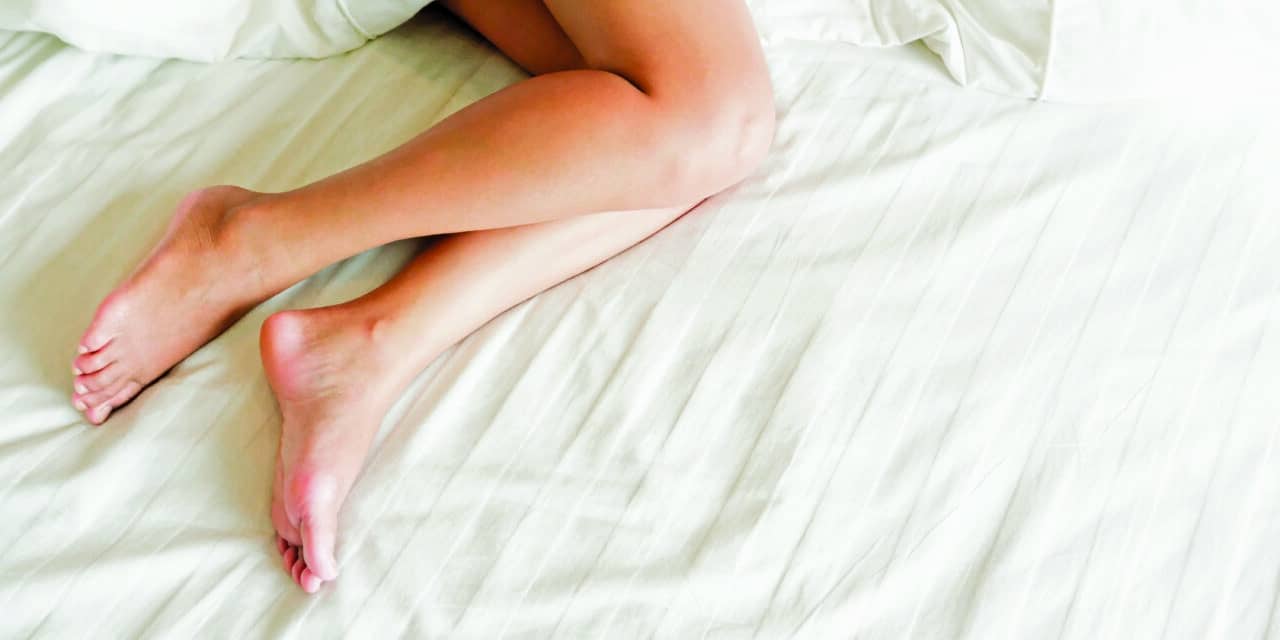Interview by Bushraa Khatib
Periodic limb movements (PLMs) in sleep are associated with sleep disturbances and medical conditions, so research on potentially modifiable risk factors is warranted, says Mark Boulos, MD, FRCPC, CSCN(EEG), MSc, neurologist and sleep expert at Sunnybrook Health Sciences Centre and assistant professor at the University of Toronto.
“In my clinical practice, I find that patients will often complain of disturbed sleep and PLMs will occasionally be found to be the underlying cause,” Boulos says. “In many of these cases, I have found that medications played a significant role.” This observation inspired him to launch one of the largest cohort studies to date investigating the relationship between a broad spectrum of medication classes and periodic limb movements.
Boulos and his team studied 3,488 adult patients who underwent in-lab polysomnography at the Sunnybrook Health Sciences Centre sleep laboratory between 2010 and 2015 and determined their periodic limb movement index (PLMI). They then explored the relationship between PLMI and the medication classes of antihypertensives, antidepressants, dopamine agonists, gabapentinoids, anticoagulants, antiplatelets, neuroleptics, benzodiazepines, stimulants, modafinil, and antihistamines.
They found that several types of antidepressants—selective serotonin reuptake inhibitors and serotonin-norepinephrine reuptake inhibitors—were associated with an elevated PLMI, while the use of gabapentinoids, stimulants, benzodiazepines, and dopamine agonists was associated with a decreased periodic limb movement index. The study also found that neuroleptics were potentially associated with a trend towards a reduction in the PLMI. “The results surrounding neuroleptics were interesting because neuroleptics have not been traditionally thought to modulate the PLM index,” Boulos says.
Overall, the study results “may potentially assist physicians in managing PLMs,” Boulos says.
Boulos discussed the study with Sleep Review over email. The transcript has been lightly edited for clarity and style.
[Editor’s Note: Read the full paper, Association of periodic limb movements with medication classes: a retrospective cohort study, published in Neurology.]
What sets this study apart from past research on the subject?
MB: Most of the prior research reported inconsistent results. Furthermore, some prior studies were limited by small sample sizes for some medications or only looked at a limited number of medication classes. Therefore, this much larger study, which investigated a wider spectrum of medication classes, was required.
How generalizable are your findings to a broader population?
MB: This study involved close to 3,500 patients who were evaluated at the Sunnybrook sleep laboratory. I believe that the results are quite generalizable to the broader population; however, they most reflect individuals who are presenting with sleep concerns.
What further research should be done?
MB: Further research should evaluate the relationship between PLMs and the modulating effects of dose, formulation type, and time of administration of different medications classes.
The Study:
Hoxha O, Jairam T, Kendzerska T, et al. Association of periodic limb movements with medication classes: a retrospective cohort study. Neurology. 2022 Apr 12;98(15):e1585-95.
Sleep researchers interested in participating in a Q&A should email editor[at]sleepreviewmag.com with a link to their relevant study.
Photo 101607231 © Pongsak Tawansaeng | Dreamstime.com





